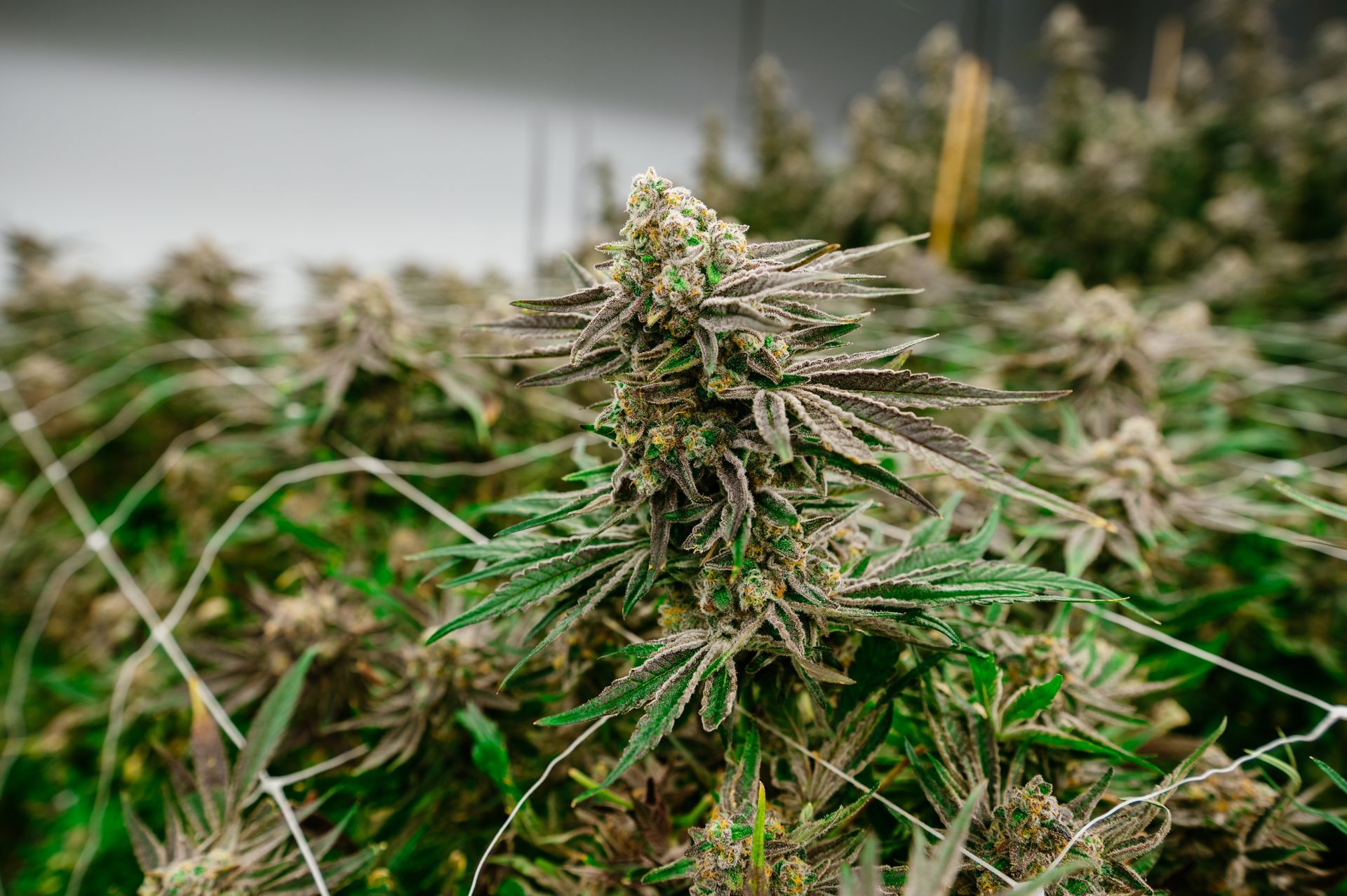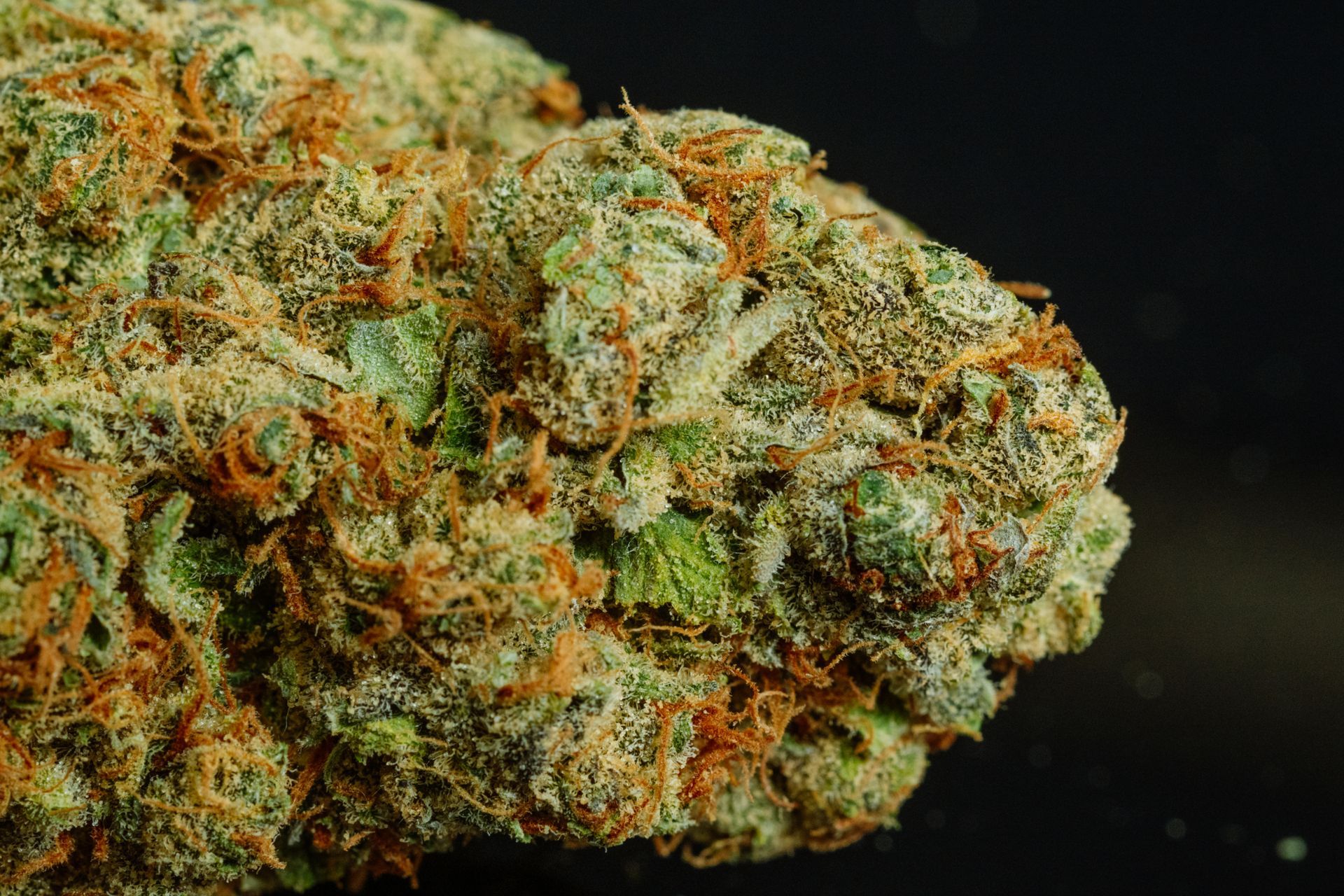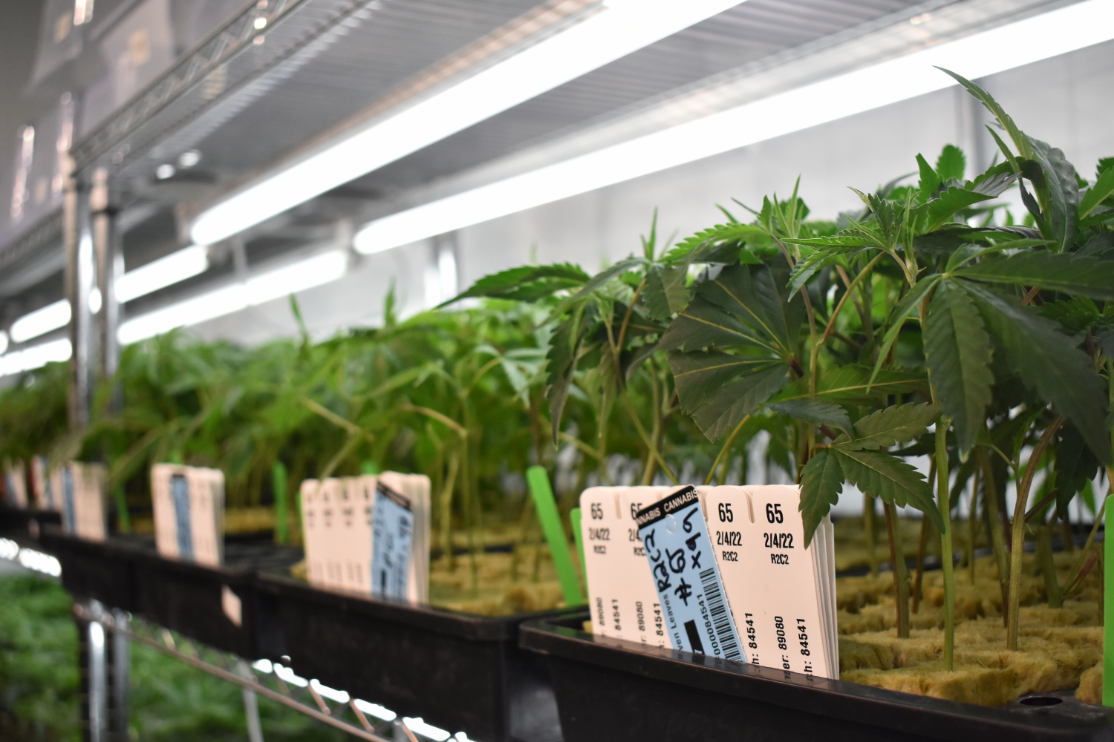The cannabis industry has seen a boom in recent years, with California leading the charge. While outdoor and greenhouse cultivation are significant, the indoor cannabis industry in California is a fascinating and complex world of its own.
The Rise of Indoor Cultivation
Indoor cannabis cultivation has been around for decades, but with legalization, it has transformed into a sophisticated agricultural sector. California's diverse climate, from arid deserts to temperate coastal regions, makes indoor growing particularly appealing for several reasons. It allows cultivators to precisely control environmental factors like temperature, humidity, light, and CO2, leading to consistent quality and higher yields.

Technology and Innovation

Modern indoor cannabis farms are a testament to agricultural innovation. They utilize cutting-edge technology, including:
- LED Lighting: Energy-efficient LED lights are replacing traditional HPS (High-Pressure Sodium) lamps, offering better control over light spectrum and intensity, which can be tailored to different growth stages.
- Hydroponics and Aeroponics: These soilless growing methods allow for precise nutrient delivery and faster plant growth.
- Environmental Controls: Advanced HVAC systems, dehumidifiers, and CO2 enrichment systems create ideal growing conditions, often monitored and adjusted remotely.
- Automated Systems: Many facilities employ automated irrigation, nutrient dosing, and even robotic systems for various tasks, reducing labor costs and increasing efficiency.
Quality and Consistency
One of the primary advantages of indoor cultivation is the ability to produce high-quality, consistent cannabis. This is crucial in a regulated market where consumers expect reliable products. Indoor growers can minimize exposure to pests, diseases, and environmental stressors, resulting in cleaner, more potent, and aesthetically pleasing flowers. The controlled environment also allows for the consistent expression of cannabinoids and terpenes, leading to predictable effects and flavors.





